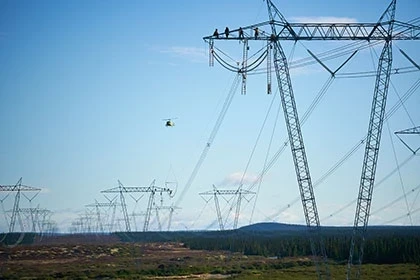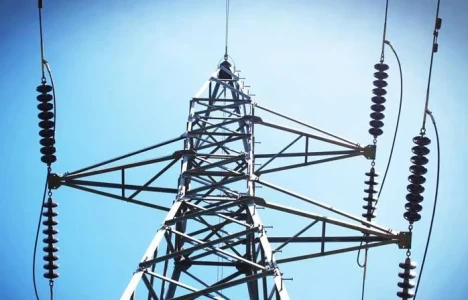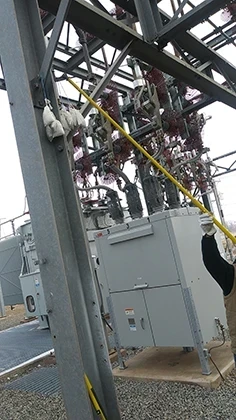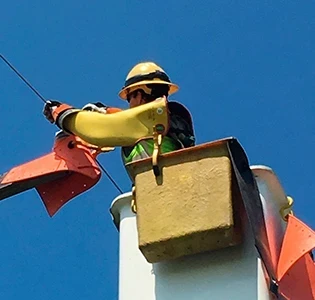How Modern Conductors are Improving Grid Reliability and Much More

Reflections:
Nearly twenty years ago when I got into the energy business, reliability was a second-tier design objective for most transmission engineers. Safety factors had already been established and the materials we used for structures and powerline wires (conductors) were well known. While demand for electricity wasn’t growing at a super rapid pace, many existing transmission lines were congested – meaning they couldn’t deliver power from the lowest cost source of generation. While that didn’t bother everyone (the money was going somewhere), over time grid operators began putting pressure on utilities to increase line capacity to reduce the cost of power to consumers.
This is when (actually slightly earlier than my arrival), conductor manufacturers began selling high-temperature, low-sag “HTLS” conductors such as ACSS (Aluminum Conductor Steel Supported) which in theory could carry about twice the current of conventional ACSR (Aluminum Conductor Steel Supported) conductor due to the fact that it uses fully annealed aluminum wires that can be operated at higher temperatures without weakening the wire (they came “pre-weakened” / annealed from the factory so the sag characteristics of the wire wouldn’t change after installation).
All was pretty good. Utilities, when they needed, could swap out old ACSR wire and install ACSS wire and increase the capacity of existing transmission lines. Sometimes, because the ACSS conductor does sag very much like ACSR conductor, existing structures had to be raised, replaced, or modified. Still, it worked, and was a whole lot less expensive and arduous than waiting on the steps trying to get a new line approved.
Blackout:
On Thursday August 14, 2003, the world’s second largest blackout in history occurred in the northeastern United States and Ontario, Canada. The power outage impacted more than 10 million people in Ontario and 45 million people in eight U.S. states. The blackout was caused by a number of factors that included out of calibration telemetry devices, a software bug, computer reboot failures and poor communications which in turn caused a number of 138 and 345 kV lines to become overloaded, and sag excessively which led to a cascading series of sag-trip outages. Economic losses were estimated at $8 to $10 billion dollars.
Read full artilce in the Critical Power Reliability Special Edition 2021.









